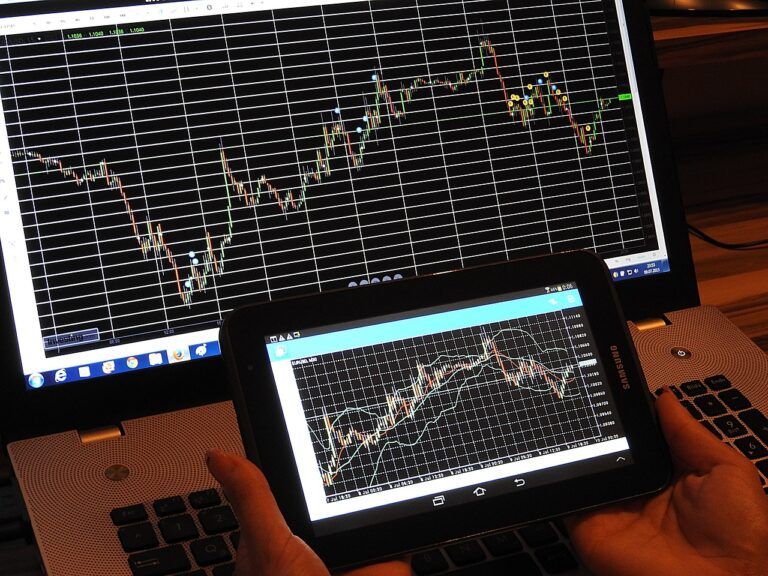By Evan Kuo, CEO and co-founder of Ampleforth
A finely tuned engine involves not only a lot of moving parts, but also just the right mix of fuel to air for optimal performance. Too much air and it will lock up, and too much fuel is a waste, leading to weak performance, higher emissions, and bad gas mileage.
This analogy for investing has been around as long as the combustion engine itself, but let’s take a look at correlations and focus on volatility. Obviously, what goes up must come down, and any future recession could prove to be a drag on many asset classes, but diversification provides some protection— and could actually drive further adoption of cryptocurrencies.
Asset correlations are generally a sign of market health and performance, right? Since 2008, correlations between different asset classes have been trending upwards. That is, the improving economy has led to higher correlations as one indicator of strength, but there is a downside.
Typically, to balance risk, you may have a portfolio that includes some negatively correlated assets. As one goes down, the other goes up. Of course, in reality, you’re not likely to find “pure” correlations (be they positive, neutral, or negative).
The increasing interdependence of assets means an increase in correlations. An increase in the role of central banks has also pushed correlations up, as bond yields dropped. Really, the biggest reason for the increase could be attributed to an increase in access to information.
In a world where everyone has access to the same information, instantly, herd mentality can lead to market swings. This information, efficiency combined with access to trading and more connected trading patterns, adds up to higher correlations.
But the good news is that while fixed income returns aren’t what they used to be, they’re still doing a good job of offering risk protection. In fact, just recently correlations have seen a bit of a decline, which is also a good thing.
Investors May be Overcrowding Their Positions
Why? As Bloomberg points out, investors may be overcrowding their positions, and unwinding those moves could mean a blip of volatility. As the article reminds us, in early 2018 just such an event happened, triggering a sell off as volatility spiked.
The proverbial “house of cards” effects occurred. As with all things, you can’t have it both ways. Stability versus risk is a constant dance, and like magnets, if you push them too close they will repel each other away with force at some point.
And yet, cryptocurrencies aren’t tied to traditional asset classes. This analysis by The Block shows the value of the disconnection: True diversification. In other words, since crypto doesn’t show much correlation to other asset classes, it provides a useful way to diversify investments. From the article,
There is no statistically significant correlation with any other asset class, which could indicate that exposure to cryptocurrency markets could be useful to diversify a traditional portfolio.
Although it should be noted that Jeremy Allaire of Circle is hoping to convince the U.S Congress to treat digital assets as its own asset class.
Further illustrating how crypto is disconnected from assets volatile or not, this Yale study shows that “Cryptocurrencies have no exposure to most common stock market and macroeconomic factors. They also have no exposure to the returns of currencies and commodities.”
The study goes on to say,
Our main conclusion is that indeed cryptocurrency represents an asset class that can be assessed using simple finance tools. At the same time, cryptocurrencies comprise an asset class which is radically different from traditional asset classes.
Of course, what investors have to concern themselves with when considering crypto is the volatility within its own ecosystem. The issue with cryptocurrencies right now is they’re still highly correlated with one another.
Increasing Crypto Space’s Fault Tolernace
To increase the fault tolerance of the digital ecosystem we need new assets like AMPL that are designed to be neither correlated with traditional assets nor Bitcoin. One need only look at the June 2018 flash crash that wiped out $15 billion in value.
Martin Young, writing for NewsBTC noted, “In an opposite correlation to last year, all cryptos are tied together so when the big one falls they all do, but harder.” If we zoom out further, this graph shows many altcoins increasingly correlating to Bitcoin over the past 5 years.

To help advance Decentralized Finance there has to be an in-between space from Stablecoins to coins that exhibit any range of volatility.
Purely digital assets like Bitcoin have mainly traded on technicals and proxies for media attention. They’re hard to value based on fundamentals and this randomness is what makes Bitcoin’s movement pattern uniquely valuable.
Nevertheless, when the stock market saw a plunge in 2018, Bitcoin’s value dropped with it. When the Dow dropped 1,500 points, Bitcoin lost 9% of its value. Meanwhile, if a stablecoin’s peg is broken, it’s no longer the safe bet it should have been.
The case of NuBits breaking its peg twice is one particular example, although some say the first break was a negative correlation — Bitcoin surged, causing investors to sell NuBits: “It seems that when the Bitcoin and volatile cryptoassets’ prices spike, investors with capital in stablecoins









